The reign of the dollar

by Vijay Prashad:
IN EARLY June, a rumour began to circulate — which was widely reported in the Indian press as true — that the government of Saudi Arabia had allowed its petro-dollar agreement with the United States to lapse.
This agreement, made in 1974, is quite straight-forward and fulfills various needs of the US government: the US purchases oil from Saudi Arabia, and Saudi Arabia uses that money to buy military equipment from US arms manufacturers while holding the income from the oil sales in US Treasury debt instruments and in the western financial system.
This arrangement to recycle oil profits into the U.S. economy and the Western banking world is known as the petro-dollar system.
This non-exclusive arrangement between the two countries never required the Saudis to limit their oil sales to dollars or to recycle their oil profits exclusively in US Treasury securities (of which it holds a considerable $135.9 billion) and western banks.
Indeed, the Saudis are free to sell oil in multiple currencies, such as the Euro, and participate in digital currency platforms such as mBridge, a trial initiative of the Bank of International Settlements and the central banks of China, Thailand, and the United Arab Emirates.
Nonetheless, the rumour that this decades-long petrodollar agreement had come to an end reflects the widespread expectation that a seismic shift in the financial system will overturn the rule of the Dollar-Wall Street regime. It was a false rumour, but it carried within it a truth about the possibilities of a post-dollar or de-dollarised world.
BRICS expansion
THE invitation extended to six countries to join the BRICS bloc last August was a further indication that such a shift is underway. Among these countries are Iran, Saudi Arabia and the UAE, although Saudi Arabia has yet to finalise its membership.
With its expanded membership, BRICS would include the two countries with the largest and second-largest gas reserves in the world (Russia and Iran, respectively) and the two countries that accounted for nearly a quarter of global oil production (Russia and Saudi Arabia, all figures as of 2022).
The political opening between Iran and Saudi Arabia, brokered by Beijing in March 2023, as well as the signs that US allies UAE and Saudi Arabia seek to diversify their political linkages, demonstrate the possible end of the petrodollar system. That was at the heart of the rumour in early June.
However, this possibility should not be exaggerated, as the Dollar-Wall Street regime remains intact and significantly powerful.
Data from the International Monetary Fund shows that, as of the last quarter of 2023, the US dollar accounted for 58.41 per cent of allocated currency reserves, which is far more than the reserves held in euros (19.98 per cent), Japanese yen (5.7 per cent), British pound sterling (4.8 per cent), and Chinese renminbi (short of 3 per cent).
Meanwhile, the US dollar remains the main invoicing currency in global trade, with 40 per cent of international trade transactions in goods invoiced in dollars despite the fact that the US share of global trade is just 10 per cent.
While the dollar remains the key currency, it nonetheless faces challenges around the world, with the share of the US dollar in allocated currency reserves declining gradually but steadily over the last 20 years.
Three factors are driving de-dollarisation:
— the US economy’s lack of strength and potential that began with the Third Great Depression in 2008;
— the aggressive use of illegal sanctions — especially financial sanctions — by the United States and its Global North allies against one quarter of the countries in the world;
— and the development and strengthening of relations among countries of the Global South, especially through platforms such as BRICS.
In 2015, BRICS created the New Development Bank, also known as the BRICS Bank, to navigate a post-Dollar-Wall Street regime and to produce facilities to further development rather than austerity.
The creation of these BRICS institutions and the increased use of local currencies to pay for cross-border trade created an expectation of hastened de-dollarisation.
At the 2023 BRICS summit in Johannesburg, Brazil’s president Luiz Inácio Lula da Silva repeated the call to increase the use of local currencies and perhaps create a BRICS-denominated currency system.
There has been a vibrant debate about de-dollarisation amongst those who have worked in the BRICS institutions and in the large countries that are interested in de-dollarisation, such as China, about its necessity, prospects and the difficulties of finding new ways to hold currency reserves and invoice global trade.
The most recent issue of the international journal Wenhua Zongheng, a collaboration between Tricontinental: Institute for Social Research and Dongsheng, is dedicated to this topic.
In the introduction to ‘The BRICS and De-Dollarisation: Opportunities and Challenges’ (volume 2, issue no 1, May 2024), Paulo Nogueira Batista Jr, the first vice-president of the NDB (2015–2017), summarises his considerable reflections on the importance of moving away from the Dollar-Wall Street regime and on the political and technical difficulties of such a transition.
BRICS, he correctly asserts, is a diverse group of countries with very different political forces in charge of the different states. The political agendas of its members — even with the new mood in the Global South — are particularly diverse when it comes to economic theory, with many of the BRICS states remaining committed to neoliberal formulas while others seek new development models.
One of the most important points raised by Nogueira is that the United States ‘will in all likelihood use all the many instruments at its disposal to struggle against any attempt to dethrone the dollar from its status as linchpin of the international monetary system.’
These instruments would include sanctions and diplomatic threats, all of which would dampen the confidence of governments that have weaker political commitments and are not backed by popular movements committed to a new world order.
De-dollarisation was moving at a very slow pace until 2022, when the Global North countries began to confiscate Russian assets held in the Dollar-Wall Street financial system and anxiety spread across many countries about the safety of their assets in North American and European banks.
Though this confiscation was not new (the United States has done this before to Cuba and Afghanistan, for instance), the scale and severity of these confiscations operated as a ‘confidence-destroying’ measure, as Nogueira puts it.
Nogueira’s introduction is followed by three essays by leading Chinese analysts of the current shifts in the world order. In ‘What Is Driving the BRICS’ Debate on De-Dollarisation?’, professor Ding Yifan (senior fellow at Beijing’s Taihe Institute) charts the reasons why many global south countries now seek to trade in local currencies and to offload their reliance upon the Dollar-Wall Street regime.
He emphasises two factors that put into question whether or not the dollar will be able to continue to serve as an anchor currency: first, the weakness of the US economy due to its reliance upon military spending over productive investment (the former of which accounts for 53.6 per cent of total world military spending) and, second, the US’ history of breach of contract.
At the close of his article, Ding reflects on the possibility of the global south countries accepting the Chinese renminbi as their reference currency, since China’s manufacturing capabilities make the RMB valuable as a way to buy Chinese goods.
Yet, in his essay ‘China’s Foreign Exchange Reserves: Past and Present Security Challenges’, professor Yu Yongding (member of the Chinese Academy of Social Sciences) is cautious about the possibility of the RMB supplanting the dollar.
For the RMB to become an international reserve currency, Yu argues, ‘China must fulfil a series of preconditions, including establishing a sound capital market (especially a deep and highly liquid treasury-bond market), a flexible exchange rate regime, free cross-border capital flows, and long-term credit in the market.’
This would mean that China would have to eschew its capital controls and begin to offer RMB treasury bonds for international buyers.
RMB internationalisation, Yu argues, ‘is a goal worth pursuing’, but it is not something that can take place in the short run. ‘Distant water’, he writes poetically, ‘will not quench immediate thirst.’
So, where do we go from here? In his article ‘From De-Risking to De-Dollarisation: The BRICS Currency and the Future of the International Financial Order’, professor Gao Bai, who teaches at Duke University in the United States, concurs that there is a pressing need to overcome the Dollar-Wall Street regime and that there is no easy way forward at this time.
Local currency use has expanded — such as between Russia and China as well as between Russia and India — but such bilateral arrangements are insufficient.
Increasingly, as a recent report from the World Gold Council shows, central banks around the world have been buying up gold for their reserves and thereby driving up its price (the spot price for gold is over $2,300 per ounce, far above the $1,200 per ounce price where it hovered in 2015).
If no immediate currency is available to supplant the US dollar, Gao argues, then the Global South countries should establish a ‘reference value for settlements in their local currencies and an exchange platform to support such settlements. The great demand for such a valuation provides an opportunity for the creation of a BRICS currency.’
The new issue of Wenhua Zongheng provides a clear and thoughtful assessment of the problems with the Dollar-Wall Street regime and the need for an alternative. The wide array of ideas that are on the table reflect the diversity of discussions taking place within policy circles around the world. We are keen to summarise these ideas and test their technical feasibility and their political viability.
It is important to note that two of the BRICS countries have elected new governments this year.
In India, the far-right government led by prime minister Narendra Modi returns to power, but with a much-reduced mandate. Given that the Modi government has put forward a policy of ‘national interest’, it is likely that it will continue to play a role in the BRICS process and to use local currencies to buy goods such as Russian oil.
Meanwhile, South Africa’s ruling alliance, led by the African National Congress, has formed a government with the right-wing Democratic Alliance, which is committed to US imperialism and is not keen on the BRICS agenda. With the likely entry of Nigeria into BRICS, the bloc’s centre of gravity on the African continent might shift northward.
During the hard years of struggle against the apartheid government in South Africa, ANC member Lindiwe Mabuza (known as Sono Molefe) began to collect poems written by women in the ANC camps.
Guerrilla fighters, teachers, nurses and others sent in poems that she published in a volume called Malibongwe (Be Praised), which referred to the 1956 Women’s March in Pretoria. In her introductory essay, Mabuza (1938–2021) wrote that in struggle ‘there is no romance’… ‘only pounding reality.’
That phrase, ‘pounding reality’, merits reflection today. Nothing comes from nothing. You have to pound reality to make something, whether a new political opening in places such as India and South Africa or a new financial architecture beyond the Dollar-Wall Street regime.
Consortiumnews.com, June 22. Vijay Prashad is an Indian historian, editor and journalist. He is a writing fellow and chief correspondent at Globetrotter. He is an editor of LeftWord Books and the director of Tricontinental: Institute for Social Research.


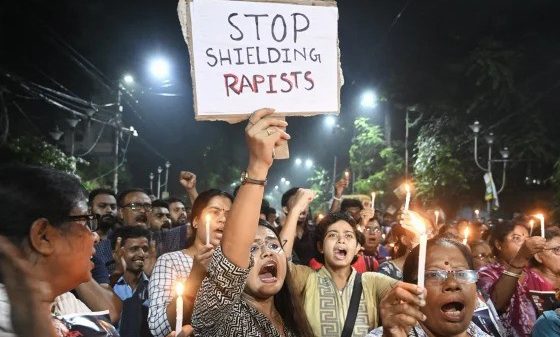


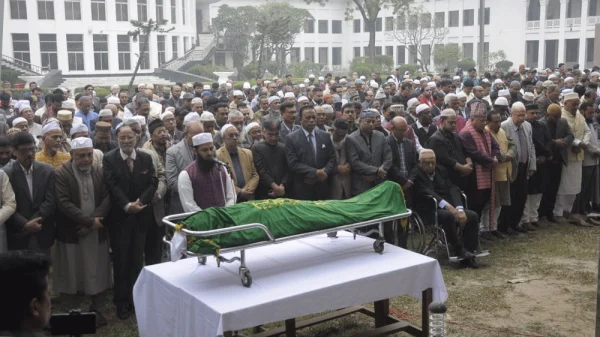
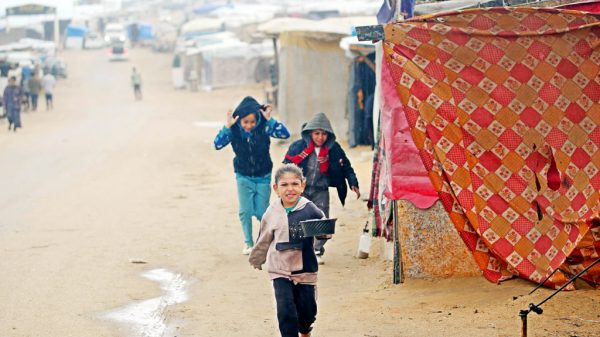
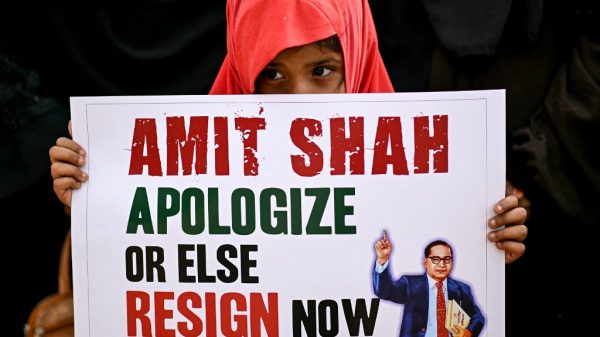


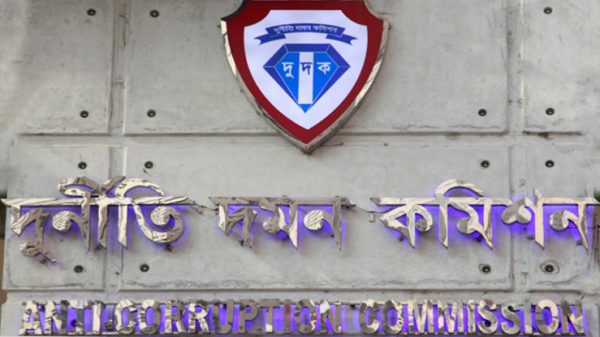


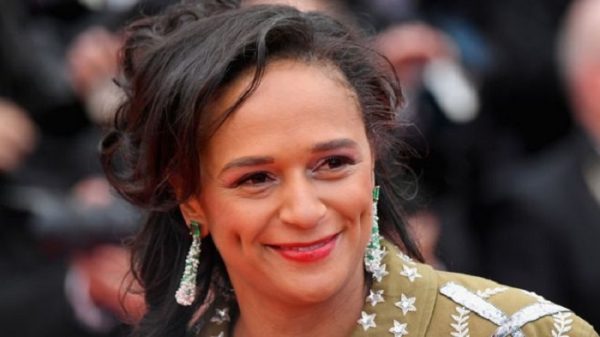



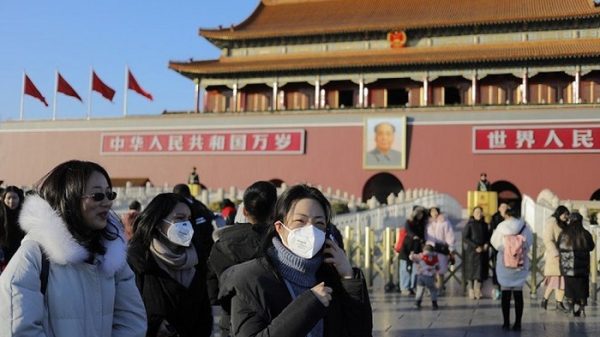

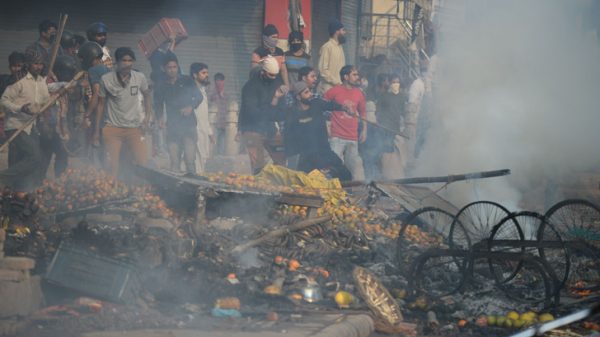



Leave a Reply